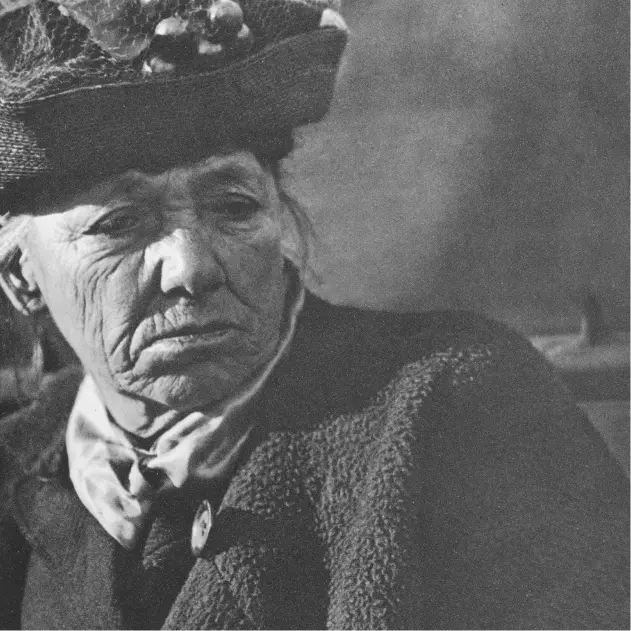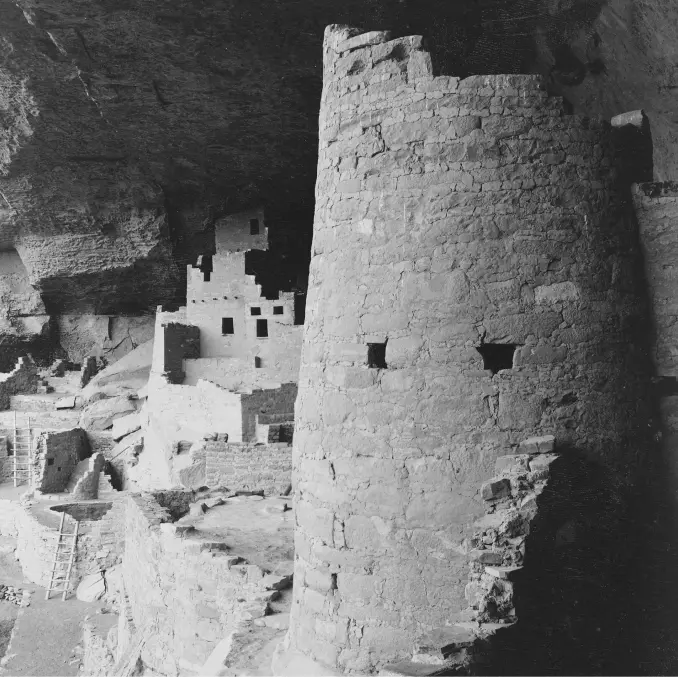
Working with Asbestos
Tradies need to know what to look for when out on a job. All commercial and industrial buildings are required to have an Asbestos Register, which must be kept up to date. Any asbestos present in the building should have a warning sign – DANGER ASBESTOS. Ask to see the Asbestos Register before starting work.
At present residential homes are not required to keep an Asbestos Register. Knowing whether asbestos is present in a home is essential before considering renovation, repair work, or demolition.
Asbestos can be found in fibro sheeting, wet areas, pipes or partitions. The most dangerous form is friable, or loose fill. This could be located in walls or roofs as insulation, packed into meter boxes or lagging around pipes.
Asbestos cannot be identified by simply looking at it – it requires a test at a NATA accredited laboratory. If you suspect that the work area contains asbestos – STOP! Speak to your boss or the site manager, or to your health & safety rep or union rep. You can also contact SafeWork SA or your local health and safety regulator.
All asbestos is dangerous, especially when broken up or in poor condition. It can be disturbed by power tools such as electric drills, circular saws or angle grinders. It can be spread by the use of a power hose (it is illegal to use a power hose on asbestos roofs in South Australia). Asbestos fibres are invisible to the naked eye but can be easily inhaled and can lead to a life-threatening medical condition.
DON’T RISK IT! AND DON’T LET YOUR WORKMATES RISK IT!
There are also strict rules about the disposal of asbestos. It must be taken to a transfer station that is authorised to deal with asbestos. If the amount is over 10 square meters, it must be disposed of by a licenced professional.
Subscribe on your favourite platform
About the event
Held over a weekend, the event is structured around a series of exhibitions, workshops, and panel discussions. The exhibitions showcase a curated selection of photographs that tell compelling stories from various corners of the globe, each image accompanied by detailed narratives that provide context and deeper insight into the historical significance of the scenes depicted. These photographs are drawn from the archives of renowned photographers, as well as emerging talents, ensuring a blend of both classical and contemporary perspectives.

The Stories Podcast is sponsored by
Explore the episodes
Podcast
